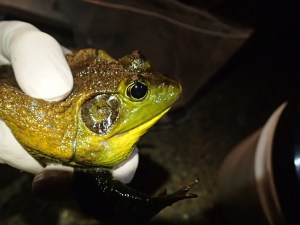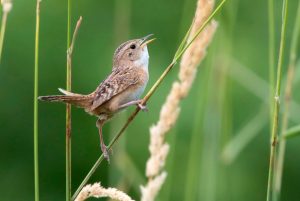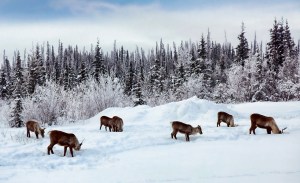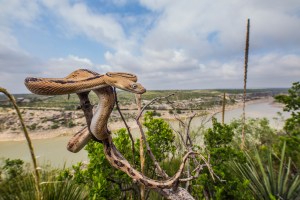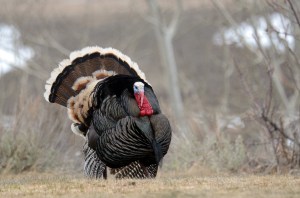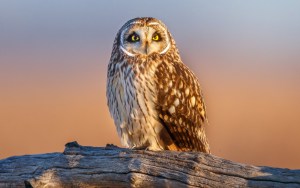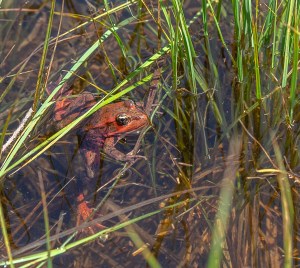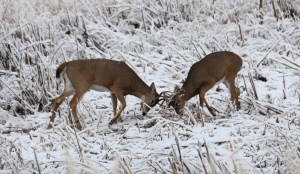Discover stories in Biodiversity
Recovery: A Plague of Bullfrogs
Bullfrogs are wondrous creatures – until they’re introduced outside their native range.
A New Life for Old Bird Data
Old bird data for TNC preserves is often hidden in filing cabinets. But what can those records teach us about current conservation efforts?
Watching Wildlife on Skis
How to see the wild things on your next ski outing.
Real Reindeer Are More Amazing Than You Ever Imagined
Glowing noses, hooves that go click-click-click and more true facts about reindeer.
Book Review: Secrets of Snakes
David Steen’s Secrets of Snakes will put to rest some of the myths you keep repeating.
Do Hawks Eat Pets?
Is your dog or cat at risk from a hawk attack?
In Search of Australia’s Amazing Rainbow Finch
The conservation story behind Australia’s most colorful finch.
Biodiversity Conservation in the Age of Climate Change
An international team of researchers argues that the twin goals of climate change adaptation and biodiversity conservation must become the combined foundation of marine management and ocean conservation efforts.
Everything You’ve Ever Wanted to Know About Turkeys
A veritable feast of turkey content from our archives.
Owling: A Field Guide to Finding Winter Owls
Here’s how to enjoy the winter owl show in your neighborhood.
Recovery: Saving Mark Twain’s Famous Frog
There’s good news about amphibians, and it’s an important antidote for hopelessness.
A Breakthrough for Chronic Wasting Disease?
A new paper finds for the first time a way to deactivate Chronic Wasting Disease prions, using a common household product.
